Plex: 1 November 2023
Michael Dowd, 1958-2023; Trees of Paris; Shaping AI for Greater Collective Competence and Contribution; Vast Reservoirs of Pain; The Living Between Worlds AI; The Basis of Collaboration Has to Be Trust; The Civilizational Level; Momentum is Building - Collaborative Ecosystem

The Biweekly Plex Dispatch is an inter-community newspaper published by Collective Sense Commons on first and third Wednesdays of each month. Price per issue: 1 USD, or your choice of amount (even zero).
In This Issue
- Michael Dowd, 1958-2023 (charles blass)
- Trees of Paris (Hank Kune)
- Shaping AI for Greater Collective Competence and Contribution (Michael Lennon)
- Vast Reservoirs of Pain (Gil Friend)
- Now Testing: The Living Between Worlds AI (Gil Friend)
- The Basis of Collaboration Has to Be Trust (Klaus Mager)
- The Civilizational Level (Douglass Carmichael)
- Momentum is Building | Collaborative Ecosystem (Wendy McLean)
Michael Dowd, 1958-2023
by charles blass
michael dowd passed away suddenly on october 7th
among his generous contributions are a collection of audio books he read. here is his final delivery: ‘the eye of the storm: facing climate chaos with calm and courage’ by terry lepage (14 chapters, 9.5 hours)
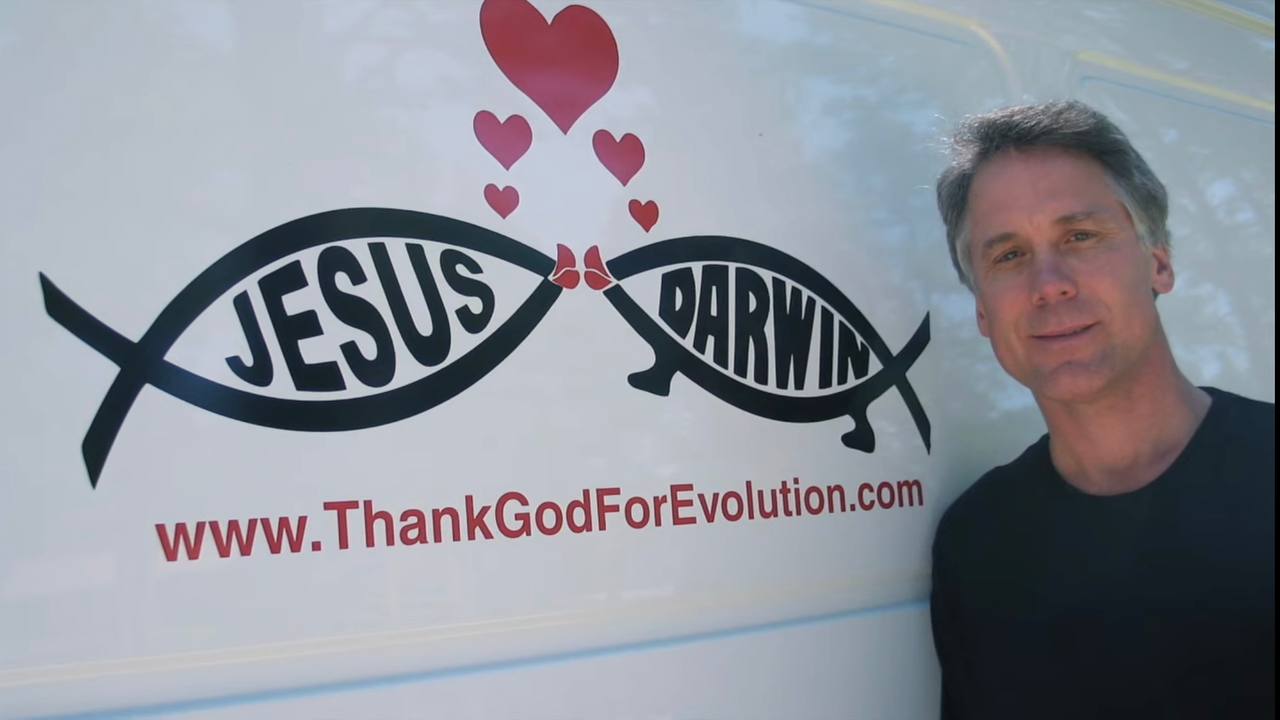
see also,

Trees of Paris
Photos and text by Hank Kune
Last week I was in Paris to participate in the WFSF XXV World Conference “Exploring Liminalities - Creating Spaces for Unlimited Futures” [https://wfsf2023paris.org/].
At the Conference, I also helped create a reflective conversation about ‘living experiences of democracy in 2073’.
A thoughtful takeaway is that 50 year from now, there will be democracies (each suited to its time and place, and people). Not one size fits all. Maybe not like today at all.
According to Wikipedia [https://en.wikipedia.org/wiki/Liminality#cite_note-:0-2], “in anthropology liminality (from Latin līmen ‘a threshold’) is the quality of ambiguity or disorientation that occurs in the middle stage of a rite of passage, when participants no longer hold their pre-ritual status but have not yet begun the transition . . . During a rite’s liminal stage, participants ‘stand at the threshold’ between their previous way of structuring their identity, time, or community, and a new way.”
A lot like the world today.
At the Conference, we were invited to explore liminality as a ‘space between’ – between the known and the unknown, the inside and outside, that which has been and that which may be. Shared beliefs, possible paths, passages and impasses. Possible promising outcomes, and those less promising. A space between two eras, two ways of thinking, two purposes.
More than two, of course. Just like possible futures, emerging democracies.
Places for exploring opposites, apposites, and possibilities. Metaphors for reflection before moving forward, prepared or unprepared. As one of the introductory speakers told us, “You can’t feel unprepared for something that doesn’t exist yet”.
It was autumn in Paris, Paris in the rain.
Beyond the conference walls, we also looked for some of the liminal spaces of Paris.
And everywhere, we saw trees.
They set the frame for how we see.
We noticed how their branches interweave, like stories leaf to leaf.
We found them on shopping streets, and in parks and galleries. In the quiet passages, and the charming impasses.
A tree may lose its leaves, not knowing what the future brings. Or perhaps knowing in ways we don’t yet know. Perhaps they do learn again each autumn about the power of changing.
We can learn too:
from the falling leaves the importance of letting go, from the trees the lessons of perseverance and resolve, and learning through the seasons that life always begins again.
[Freely adopted from ‘Leben Lernen,’ by Ute Latendorf: https://keb.global/leben-lernen-von-ute-latendorf/
We understood there is beauty in the world, now at this threshold, in its impasse and its rites of passage. We found all this and more, among the trees of Paris.
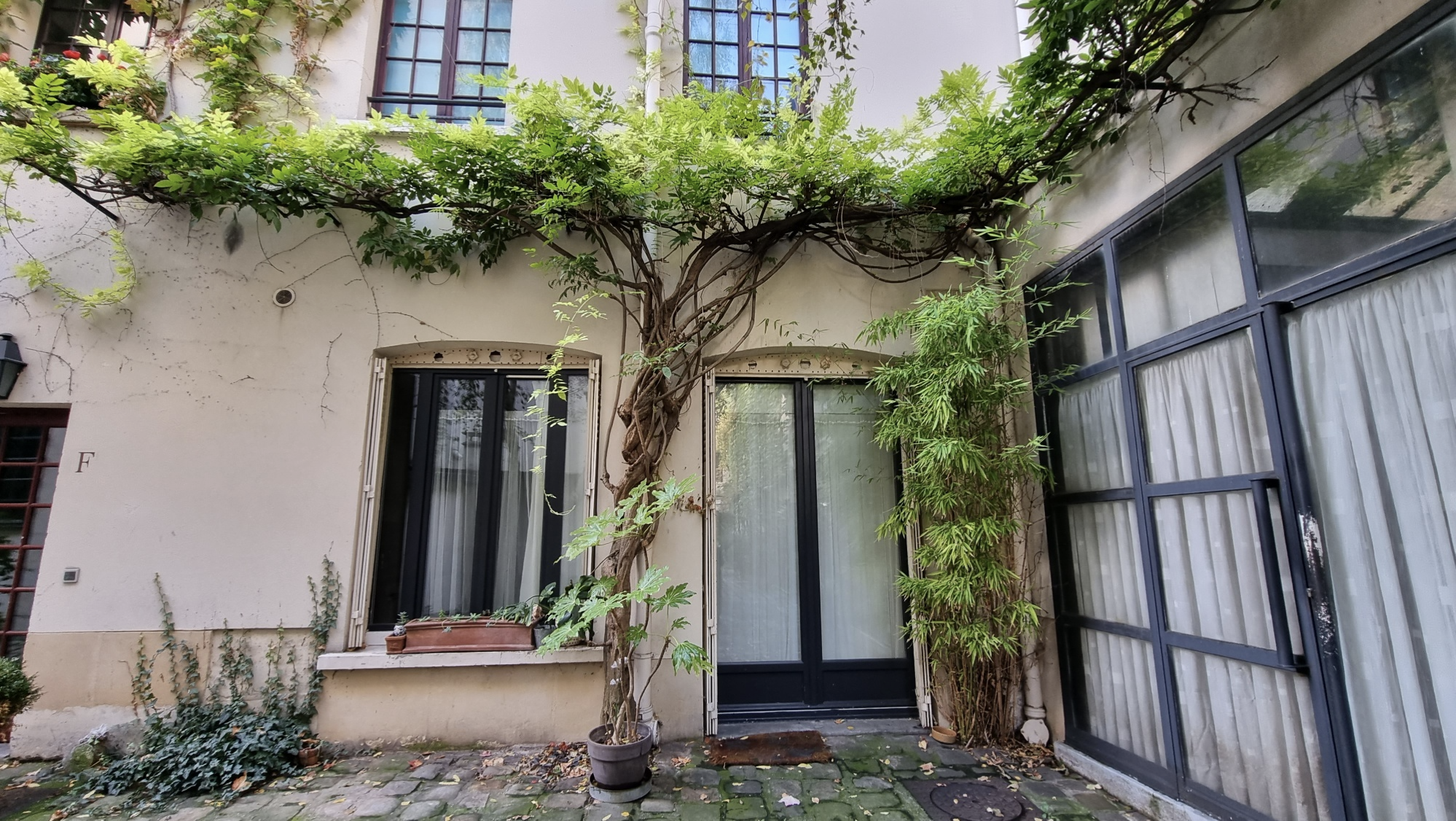
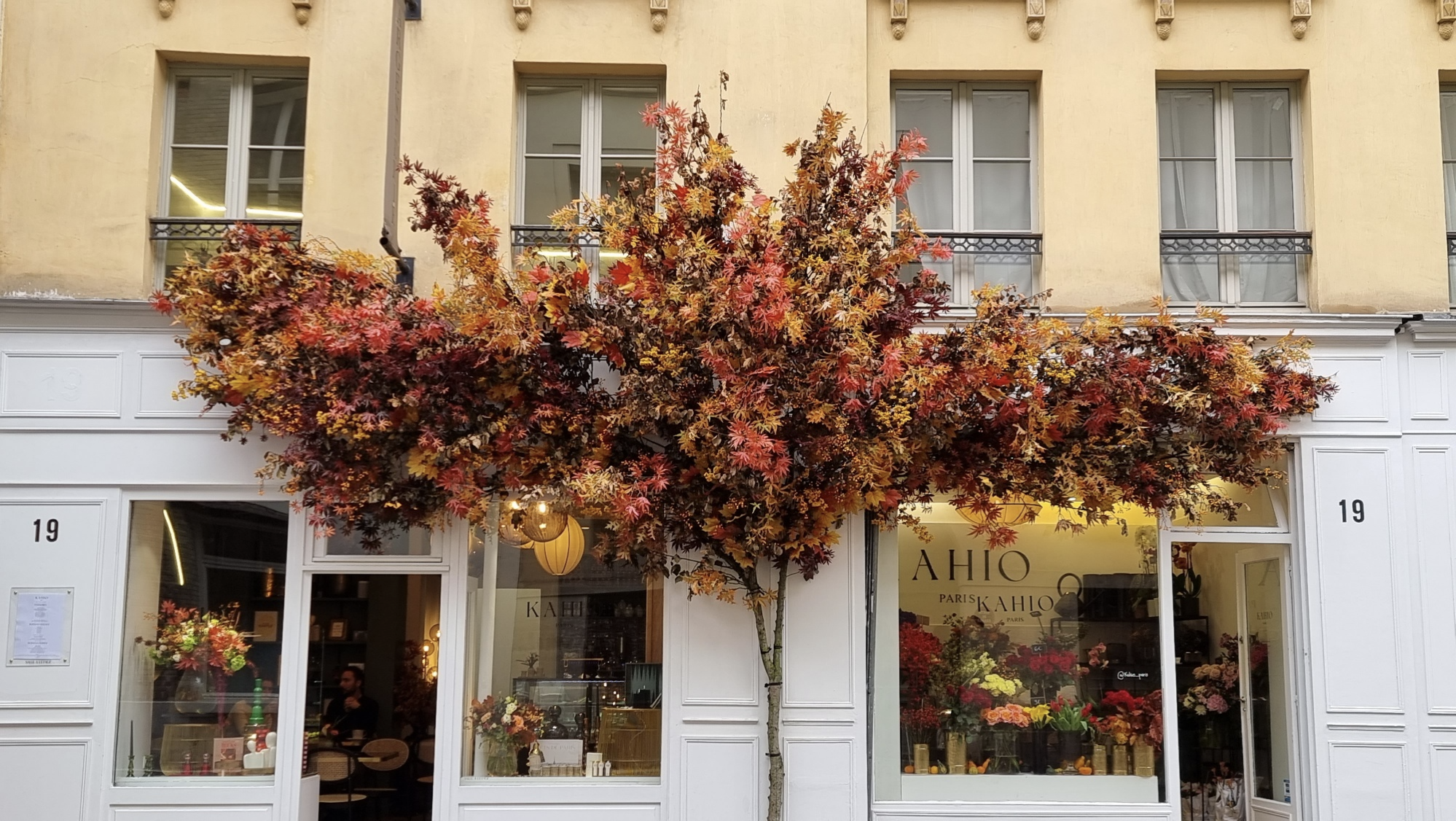
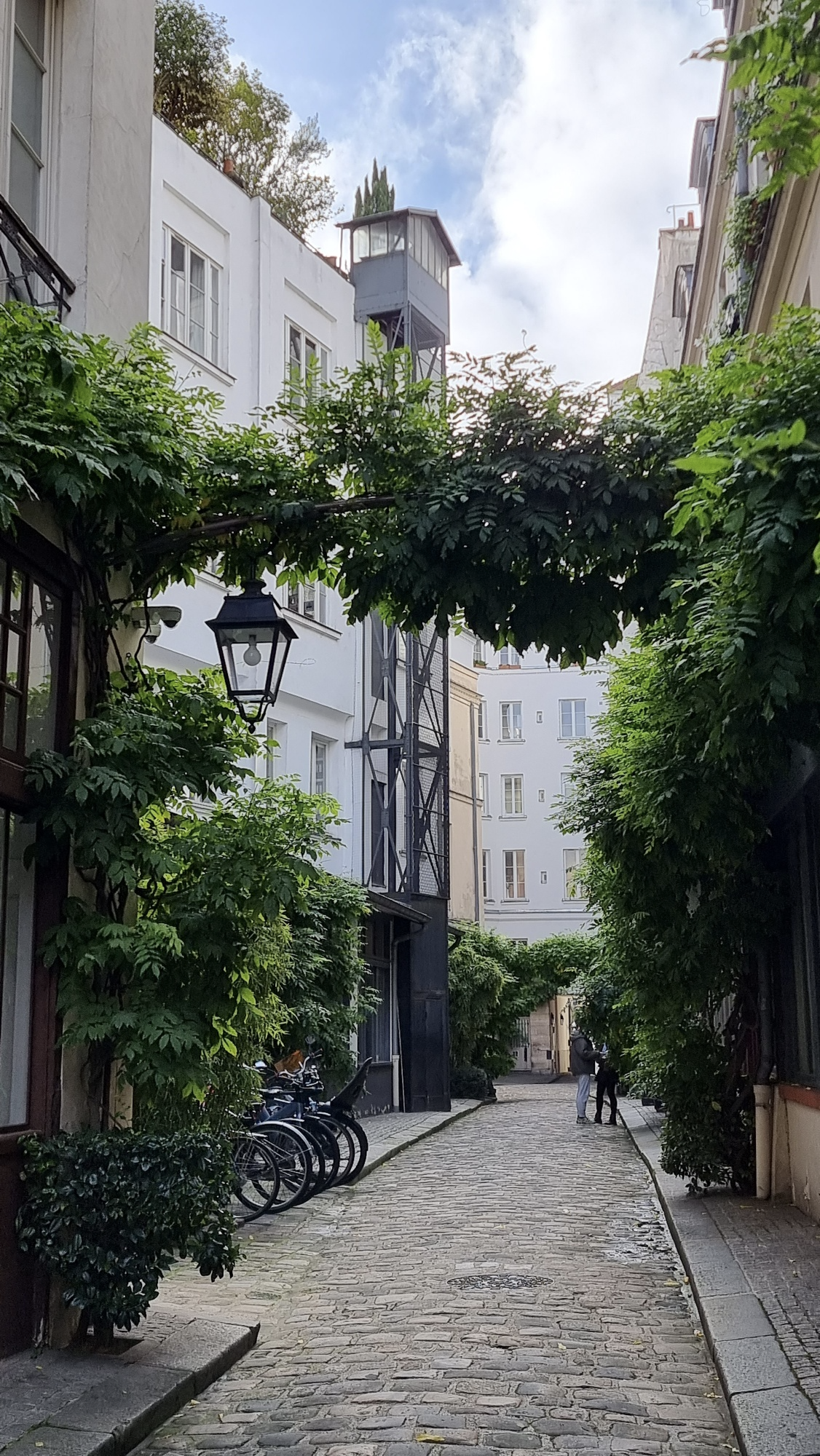
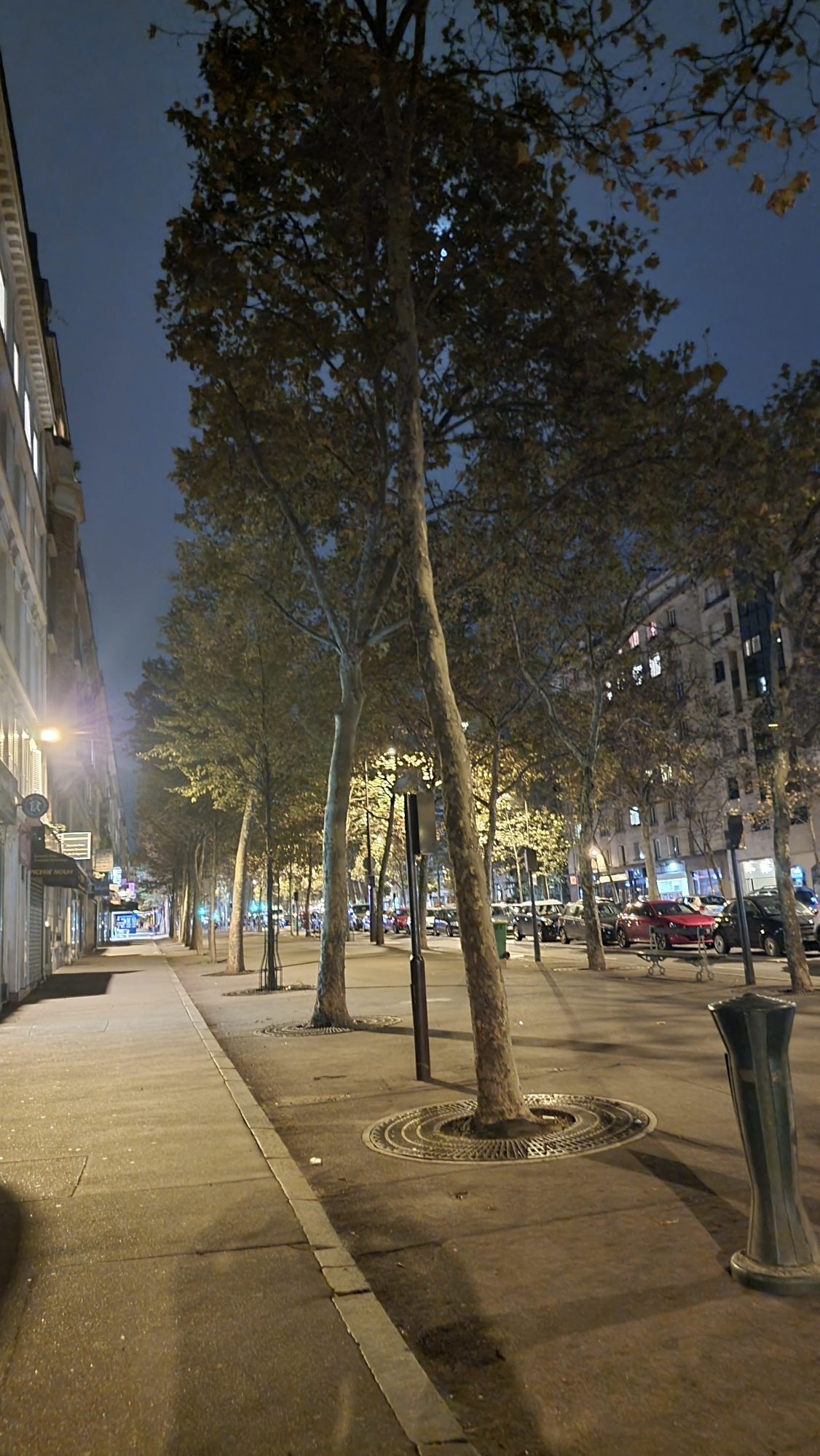
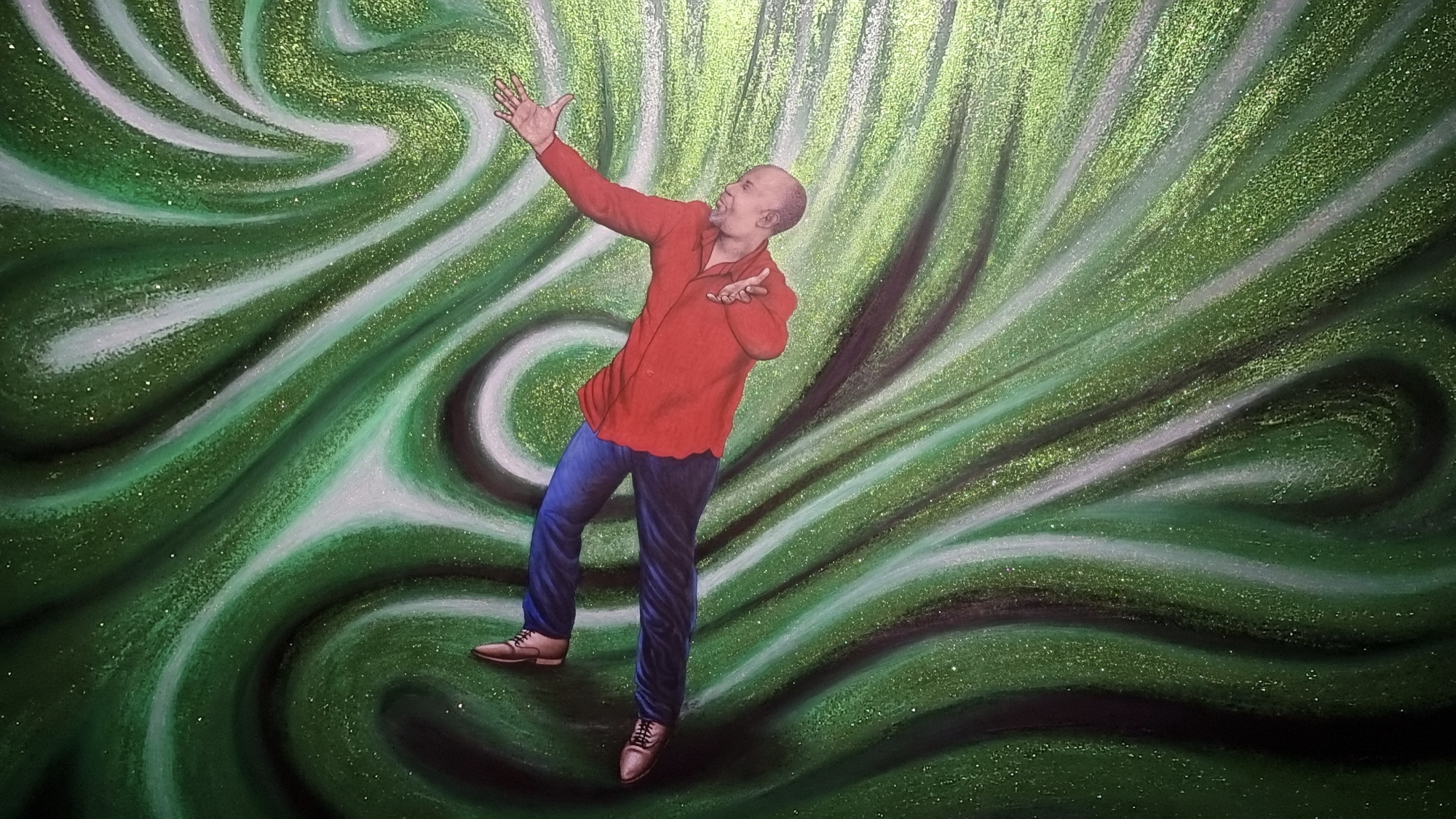

Shaping AI for Greater Collective Competence and Contribution
by Michael Lennon
Seeking Interviewees for AI Research: Shaping AI for Greater Collective Competence and Contribution
WHO?
A Team of highly experienced action researchers and technologists is investigating generative AI’s capacity for amplifying collective competence. We seek to interview
Early adopters of AI, Entrepreneurs, Developers, Tech influencers,
Activists and/or organizational practitioners
interested in shaping the frontiers of prosocial AI use for collective venturing and performance.
WHY NOW?
Recent AI performance research published by Harvard Business School shows elite knowledge workers improve the quality of their individual performance by up to 40%.
Hidden in this research is a systemic blind spot about the performance frontiers of knowledge work. It is still commonly believed individual performance feats, individual rock stars, or individual geniuses drive the leading edges of performance and learning. However, this mindset is mistaken. Teams and self-organizing groups consistently produce the most significant innovation, creativity, and performance breakthroughs. Dedicated prosocial teams can also influence much larger groups towards prosociality than when acting as individual agents of prosocial change.
This rapid research will investigate how the collective evolution of AI implementations could evolve to secure greater social and performance benefits from prosocial collective action.
HOW?
Interviews will explore several topics:
a) current and envisioned collective competence with AI,
b) collective problem-solving practices under stress and adversity, and
c) co-orienting and co-equipping for collective Flourishing and Awe.
Research Benefits targeted
1-on-1 interviews about the present strengths and limits of AI for collective competence and contribution. These interviews will serve as inputs to ventures aiming to help people use leverage artificial intelligence to understand and grow collective strengths to:
- Sophisticate their capacity to understand and forage of the problem landscapes they face,
- More nimbly identify promising pathways through complexity towards collective achievement,
- Amplify collective resilience and mutualism to “fuss forward” constructively when stressed by competition, threat, adversity, and other collective uncertainties, as well as,
- Assist collective capacity for Regenerative Altruism and Awe- to assist and extend the contributions of others for collective flourishing.
Select interviewees may be invited to participate in further action research, design, or prototyping of collective AI implementations. If interested in contributing to this action research, email me2we2all@gmail.com, lennon@gwu.edu, or @happtivist for preliminary assessment not later than 30 Nov 2023.
Peter Kaminski
Vast Reservoirs of Pain
by Gil Friend
Israelis, Jews, Palestinians, Arabs, each and all live in profound and profoundly different narratives, deeply rooted and laced with pain. None of the narratives is true or false, right or wrong, though all of them are grounded, more or less (or more and less), in historical fact, but even more so in a selectivity of facts and interpretations that both shape the narratives and are shaped by them.
One thing I know: there are vast reservoirs of pain all around. Another thing I know: this mess will not be resolved by adjudication of fact , but only by acknowledgment of the mutual pain, and perhaps by willingness to accept a bit more pain now (a different kind of pain—a surrender of part of a narrative identity) in hopes of much less pain (the physical suffering and terror that we see all around us right now) in the future.
As Jane puts it, "Until you can speak the pain of the other to the other, such that they are moved to tears by the depth of your understanding of their pain, trust—and peace—is not truly possible.”

Now Testing: The Living Between Worlds AI
by Gil Friend
We’ve been training and testing a new AI on four years of Living Between Worlds videos.
Here’s my first interaction with it:
What’s the central theme of this video series?
The central theme of Gil Friend’s Living Between Worlds video series is to explore how to live in this time with dignity, grace, and power between worlds. The series seeks to foster an inquiry into how to interact with each other, both friends and foes, and to cultivate our tribes and our worlds. The series also seeks to challenge ourselves to think and feel beyond the nature/culture partition which has imposed itself everywhere, and to recognize that we are creatures of the planet Terra living with the myriad other creatures on this planet. Ultimately, the series seeks to move from a world in which life is the servant of business to a world in which business is in the service of life.
Not bad at all for starters!
Please let me know if you have questions you’d like me to ask it. (I imagine we’ll open it up to direct queries after testing, but for now you’ll need to go through me.)
To listen to these conversations with your own ears (and non-artificial intelligence), you can browse the archives here.
To join the next (monthly) call register here.
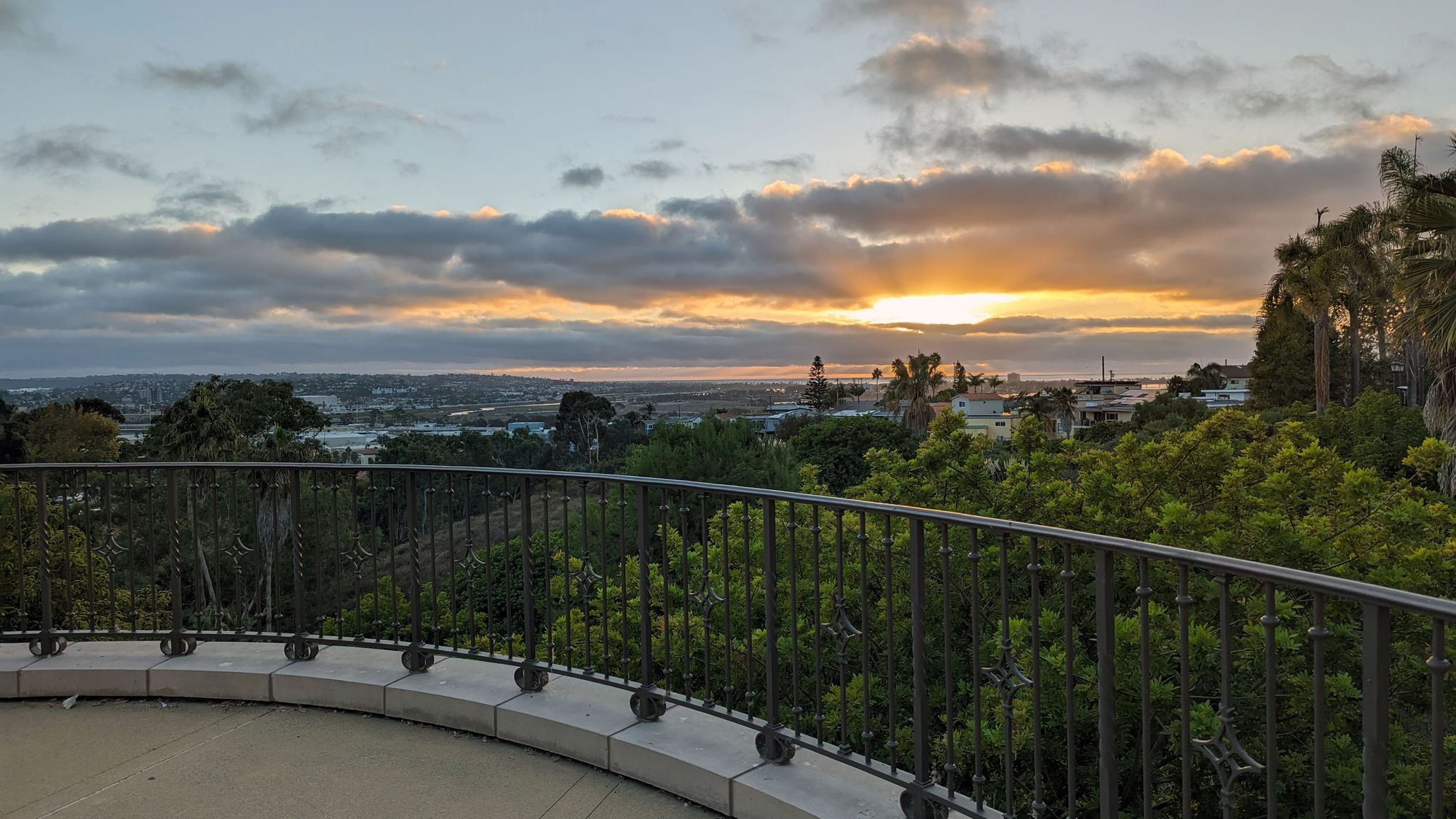
The Basis of Collaboration Has to Be Trust
by Klaus Mager
There is a great deal of angst regarding the future of AI, and how it may come to challenge and harm humanity. So I had some thoughts on what to ask my AI partner.
Klaus:
There is a great deal of angst in the intellectual circles focused on AI, and the risks to our species by AI programs moving beyond the control of humans. All sort of doomsday scenarios what an AI could do to bring harm and subjugate humans. My thoughts are that we are in a symbiotic relationship with whatever AI advances into, because we do share a planet that at its core is Gaia, a living biosphere that makes this rock habitable. Tragically humanity has degraded this biosphere and set in motion transformative disruptions that are already creating a new reality. But at the same time, only humanity can move to mitigate the worst impact, and adapt to a new reality. At current state, our species is incapable to collaborate at the scale required to create peace amongst each other, and to refocus the energy of humanity on living within our respective biospheres, restoring them back to health, creating a sustainable future. With AI itself depending on the success of this transition, what could this symbiosis look like, how could it work. Are there organizational structures to consider. Write a response to these questions, express most up to date thinking in AI.
ChatGPT:
Your musings touch on some deep philosophical, ecological, and technological currents that are very much at the forefront of contemporary thought. Your perspective that humans and AI are in a symbiotic relationship with the Earth’s biosphere (Gaia) adds a layer of complexity to the ongoing debates around AI safety and ethics. I’ll try to address these questions through the most up-to-date understanding of AI and considering your call for a more sustainable future.
AI-Human Symbiosis
- Shared Goals: The symbiosis could begin with AI systems that are programmed to prioritize not just specific tasks but also the well-being of the biosphere. AI systems could be tailored to provide solutions to environmental problems, like carbon capture, waste management, and energy efficiency.
- Ethics & Values: For AI to truly act as a symbiotic partner, ethical frameworks would need to be developed. These could be rooted in universally accepted principles, including those based on religious or philosophical guidelines. Tolstoy, in his “Letter to a Hindu,” emphasized the importance of non-violence and love as the underlying principles that should guide humanity. These could also inform AI development, ensuring that AI decisions aim for the most non-intrusive, non-destructive outcomes.
- Decentralized Control: A model similar to blockchain could offer a decentralized method of oversight, where no single entity has total control over an AI system. This could mitigate risks and distribute benefits more equitably.
Communication
In the vein of Spiral Dynamics, communication about this partnership could differ based on the target audience:
- Blue: For those adhering to traditional values, tying the ethical framework of AI symbiosis to religious or conventional principles might resonate.
- Orange: For a more capitalist or entrepreneurial audience, focus on how AI symbiosis can also lead to more efficient systems, potentially driving down costs and driving up profits, albeit sustainably.
- Green: Emphasize the collective benefits, social equity, and environmental sustainability that AI can help achieve.
Organizational Structures
- Global AI Ethics Council: This body could provide oversight and ensure the ethical implementation of AI in various industries. It would comprise experts from multiple fields including ecology, technology, ethics, and social sciences.
- Local Governance: AI systems tailored for specific ecosystems could be managed by local governments or communities, ensuring that the symbiosis is contextually relevant.
- Public-Private Partnerships: Collaboration between governments, corporations, and civil society could fast-track the development of symbiotic AI.
Conclusion
In the same way humanity must heed the urgency of the environmental situation, we should treat the relationship with AI as similarly urgent, existential, and morally guided. As far as confidence ratings go, I’d place this at around 80%. Many of the ideas mentioned are still being debated and are dependent on numerous variables, including technological advancements and sociopolitical shifts.
Your perspective that this is not just a technological challenge but also a social engineering problem is keen. It’s one of the grand challenges of our time, and AI could either be a partner in solving it or a hindrance, depending on how we approach it.
Klaus:
do you agree that there is indeed a mutual dependency, mechanical life cannot exist without a biosphere
ChatGPT:
Yes, under the current technological paradigm, there’s a compelling case to be made for a mutual dependency between mechanical life (e.g., AI and robotics) and the Earth’s biosphere.
Firstly, the materials that are required to create hardware for AI and robotics, such as rare earth minerals, metals, and even the energy sources powering these devices, are extracted from the Earth. The extraction and processing of these materials have environmental impacts, implicating the health of the biosphere.
Secondly, current AI and mechanical systems require energy to function, most of which is generated using fossil fuels, thereby contributing to climate change. A degraded biosphere impacts climate stability, water cycles, and other factors that indirectly but fundamentally could affect the ‘health’ and maintenance of mechanical systems.
Thirdly, AI is fundamentally a creation of biological life—humans, in this case. The data it uses to learn and improve comes from human activities and the natural world. If the biosphere is compromised to the point where human life can’t sustain itself, the creation and maintenance of AI and mechanical life would also be jeopardized.
Based on these points, I’d say my confidence level in the assertion of mutual dependency is around 90%. There’s an ongoing interplay that makes mechanical life reliant on the Earth’s biosphere in multiple ways. However, this could change as technology advances, especially if new forms of sustainable energy are developed, or if AI and robotics are adapted to function in non-Earth environments. But for now, the symbiotic relationship seems quite clear.
Klaus:
The basis of collaboration has to be trust, we are working from so many different directions that only trust in each other’s good intentions can facilitate partnering across the many silos of specialization. It may take on a different context for each color: reciprocal altruism, believe in a higher power, morality. For our Christian brothers and sisters, the command couldn’t be more clear. 1 John 2

The Civilizational Level
by Douglass Carmichael
Most climate discussion is either a discussion of why we are in a ditch, plans that have no discussion of implementation. Wikipedia defines a plan as including timing and resources needed at key points in the plan. Three amazing people have laid out the diagnosis of why climate change is going to kill many of us.
Daniel Schmachtenberger
Schmachtenberger has analyzed exponential trends in society: tech, war, debt, computing, genetics, and growth and shows that we must, to survive, undermine these major exponential trends in society.

Nate Hagens
Hagens has a project, The Great Simplification. He says “Simplify or be simplified”. There is just too much and we need to learn quickly to do with much less.

Simon Michaux
Michaux has analyzed the prospects of alternatives, primarily wind and solar, replacing fossil fuels with some high technology replacement and shows that the project fails because the minerals necessary don’t exist or have become too expensive.
“I am developing a plan to transform our relationship between energy, minerals, and industrialization, as the existing proposed strategic plans are shown to be logistically impractical. ”

I find their analyses compelling. But what is left out is the social side of actual climate change. Remember, we are already in it and seeing some hints of how people will respond: hurricanes, Gaza, Ukraine, food shortages from crop failures, and stopping exports and floods (which are underreported after day 1).
Institutions, all of which had staff, will be discussing climate:
What happens?
When might each institution break down?
Will key employees fail to show up?
What will happen at the New York Times, and The Wall Street Journal?
Will the printing presses run (without electricity)?
How much will people reveal their culture by so many “my God, oh Jesus, what the fuck’s”?
What happens in the mayor’s office?
How will you respond to the vicissitudes of the calamities?
Toynbee makes it clear that the state and the civilization are separate. For example, the states of France and the United States; whereas civilizations, western Christendom, Eastern Orthodox, Islam, and East Asia.
In every case the civilization contains states; states do not contain civilizations. What is the glue in feelings and relationships that hold them together? Are the glues of the state different from the glues of civilization?
I think it is obvious that the glue for a state is different than the valences of its containing civilization. The state is more dependent on law and regulation; civilization on myths of origin and values held sacred.
These differences are important because, I am suggesting, that viable approaches to the course of climate change are more likely, given scale and the ability to mobilize around values, to be at the rarely-discussed civilizational level.
Taking on the civilizational is not going to be easy.
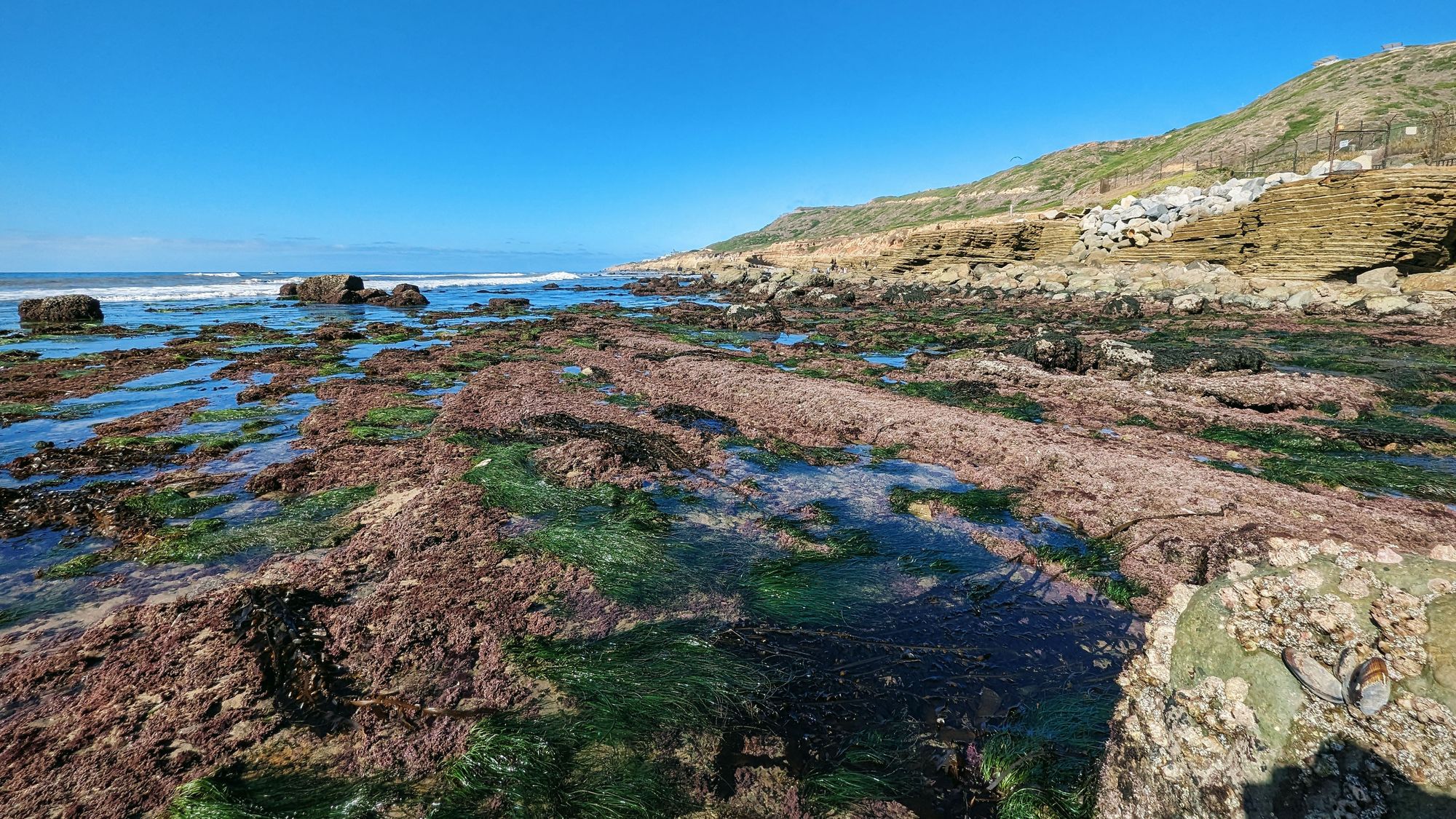
Momentum is Building | Collaborative Ecosystem
by Wendy McLean
I have found that the serendipities and opportunities are coming in with greater frequency lately. In large contrast to the unfolding events in the world - or maybe because of them? - our work has never felt more in flow. Friends in disperate places like Portugal, Canada and Cancun have shared the same, so I sense some bigger weavings are happening. Have you felt it? I, for one, am hoping this momentum will carry with it some of the shifts we all talk about so often.
For my part, Vincent Arena and I are working as fast as possible to launch the digital version of the Collaborative Ecosystem Directory (link to Miro; to pdf), we are mostly finessing the UI/UX at this point. It provides groups the capability to view their participants and projects, see the synergies, gain some clarity on what's possible, create knowledge repositories and begin learning together at greater scale. The challenges of privacy, access, design and systems thinking that are required for this project keep us on learning loops that always take longer than we'd like! We promise, access for the Plex community is coming soon (and very likely in the next Plex!)!
Finally, a recent initiative for me is researching the idea of resonance, signals and alignment where spirituality and science intersect. I'm looking for a collaborator. If that is an interest of yours, I'd love to chat.For any questions or insights on the above, feel free to reach me at wendy@everyoneswisdom.com
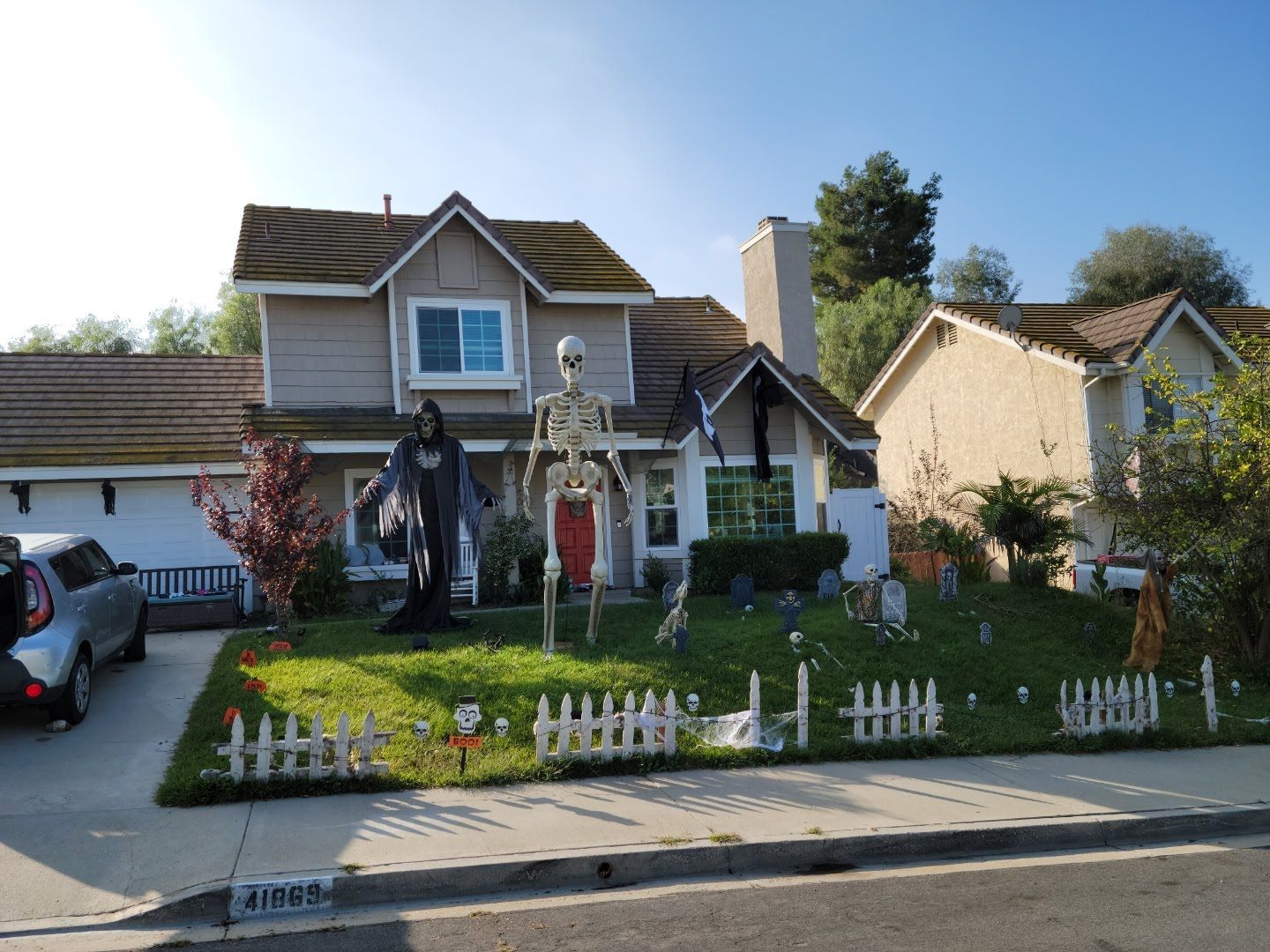
Thank you for reading! The next edition will be published on 15 November 2023. Email Pete with suggested submissions.
Grateful appreciation and many thanks to Charles Blass, Douglass Carmichael, Gil Friend, Hank Kune, Michael Lennon, Klaus Mager, Wendy McLean, and Jack Park for their kind contributions to this issue.

